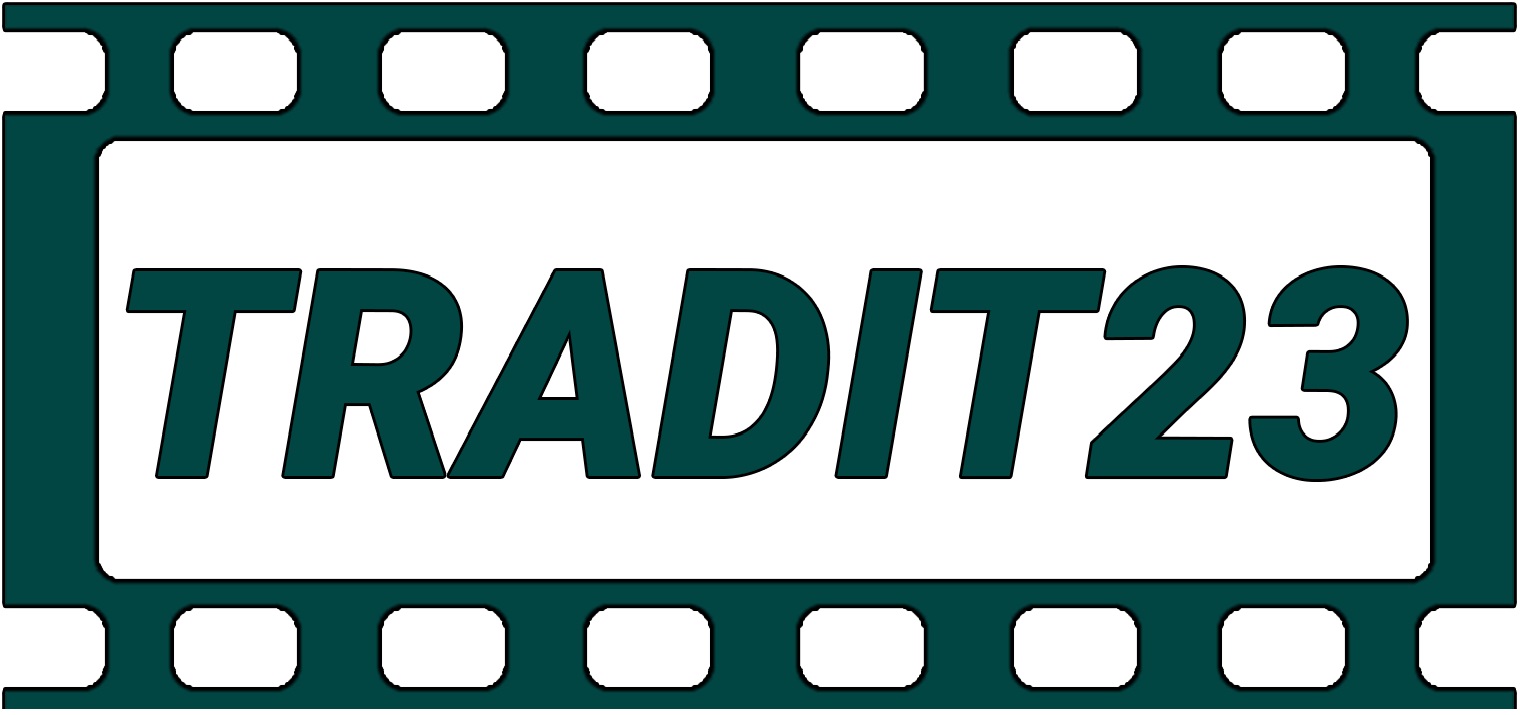Pushing the boundaries of AVT and language teaching and learning: lessons learned from the PLURITAV experience
The focus of this presentation will be on the margins of AVT and language teaching and learning. This is an area of research that has been surging for the last few years and now has formed a very solid core. However, in order to push research forward, the exploration of untrodden or less busy paths should go hand in hand with the consolidation of initial research objects.
The starting point for this discussion will be the description of a project that explored one of those paths: PluriTAV. One of PluriTAV’s main aims and innovations was to examine the impact of using active AVT in the students’ plurilingual competence. We will introduce this concept, its operationalisation and PLURITAV’s approach on the matter, with a special emphasis on the use of Didactic Sequences and the creation of a new and specific assessment tool for plurilingual competence. For the first time, the joint results from all AVT types applied in the project will be presented, with a critical analysis of findings and the formulation of hypotheses to move forward.
These hypotheses act as a gateway to the second part of the presentation, which will delve into the margins. Grounded on pioneering research and transdisciplinary epistemological reflections, some areas will be highlighted due to the possibilities that they entail to broaden the knowledge about the fascinating relation between AVT and language teaching and learning. This section is designed to spark discussion and challenge to move beyond: beyond the realm of foreign languages, beyond tertiary education, beyond linguistic competence and beyond the focus on learners.

